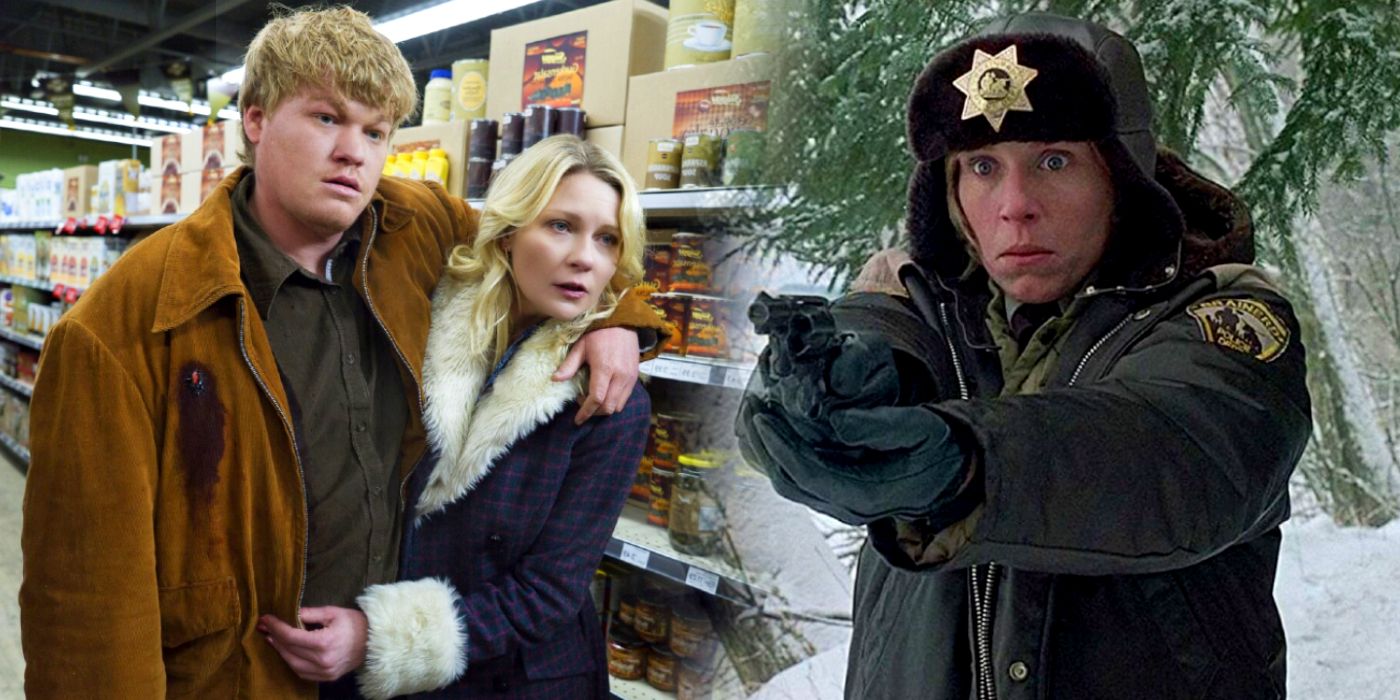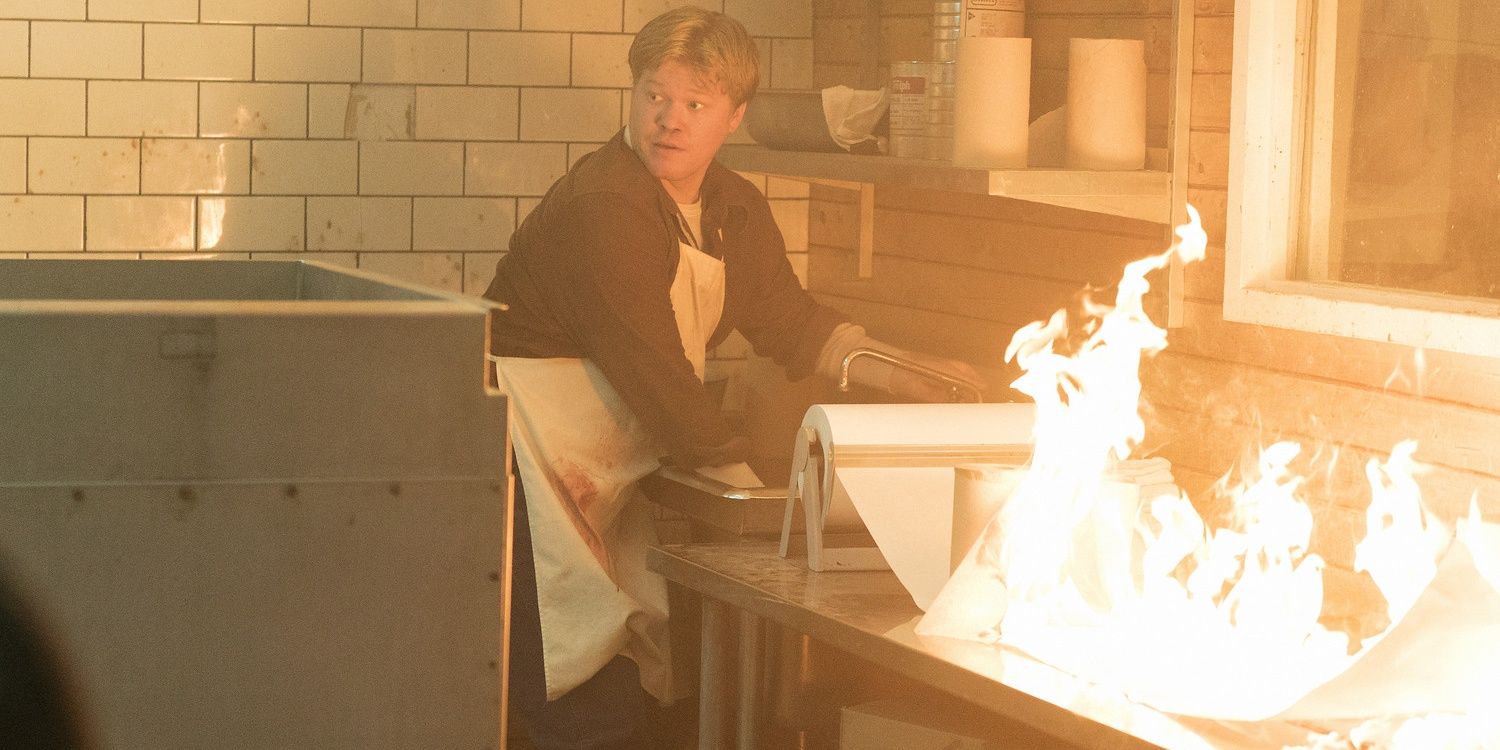Fargo creator Noah Hawley compares how his show and the iconic Coen brothers' movie approach violence. Released in 1996, Fargo has become a cult classic among movie fans, telling the tale of a bumbling car salesman who arranges the kidnapping of his own wife to collect a ransom from his father-in-law. The movie features the Coen brothers' unique brand of dark comedy interspersed with their signature approach to sudden and shocking violence.
The Emmy-award-winning Fargo series, which first aired in 2014, takes place in the same fictional, darkly comedic world, but introduces new characters and plotlines. More inspired by the movie than a direct adaptation of it, the FX show has been praised for the way it captures the Coens' unique voice while also breaking new ground. The show aired season 4 in 2020 and Hawley has since expressed his desire to end the show with a yet-to-be-confirmed season 5. Concrete news regarding the Fargo season 5 has been hard to come by, however, since Hawley is currently in the thick of development on his Alien series for the same network.
In a new interview with Esquire, Hawley reflects on his show and the Fargo movie, in particular the ways in which both approach violence. He acknowledges that the violence in the Coen brothers' movies is typically shocking and graphic, and explains that he tries to use this expectation to challenge viewers when it comes to violence in the show. Hawley then uses a moment from Fargo season 2 to illustrate his point. Check out his full comment below:
I never want violence to be entertainment. Thinking about Fargo, with the Coen brothers as a model, the violence in their movies is always sudden and always gruesome. My approach in Fargo has been that violence onscreen is a useful way to help the viewer examine what they wanted to happen. You thought you wanted violence because we're trained to want violence, but what if the violence is ugly and awful? It's not so easy, I hope, to root for one person to kill another person. In Season Two of Fargo, Jesse Plemons and Kirsten Dunst are trapped between two crime families. We think, 'Whoever they send to kill these two, we're rooting for Kirsten and Jesse,' but then they send the young son with cerebral palsy. Now who are you rooting for? You don't want that kid killed either. It puts the viewer in an uncomfortable position, examining what they thought they wanted. Too much of our modern story landscape is based on the idea that one person must kill another person for the story to be satisfying.
While many action movies revel in violence and try to keep the audience wanting more, it's clear that Hawley is attempting to present something more complex with Fargo. Instead of glorifying the violent moments in the show and making them pure entertainment, Hawley is trying to make them more challenging for the viewer by making it hard to choose whom to root for. This approach ultimately leads to more tension because the audiences realize that they don't want these relatable, sympathetic characters to die.
Ultimately, Hawley's exceptional writing is what makes his approach to violence work so well. The example he gives from season 2, with Plemons, Dunst and Charlie Gerhardt, the character with cerebral palsy, only works as well as it does because all those characters are written in such a way as to make them empathetic to the audience. By crafting tense scenarios with characters on opposing sides that are all relatable on some level, the violent moments in Fargo become challenging, but also deeply affecting. Hopefully, Hawley is able to revisit the world of Fargo for season 5, where he can continue crafting relatable characters within the dark, funny milieu the Coen brothers created in 1996.
Source: Esquire


